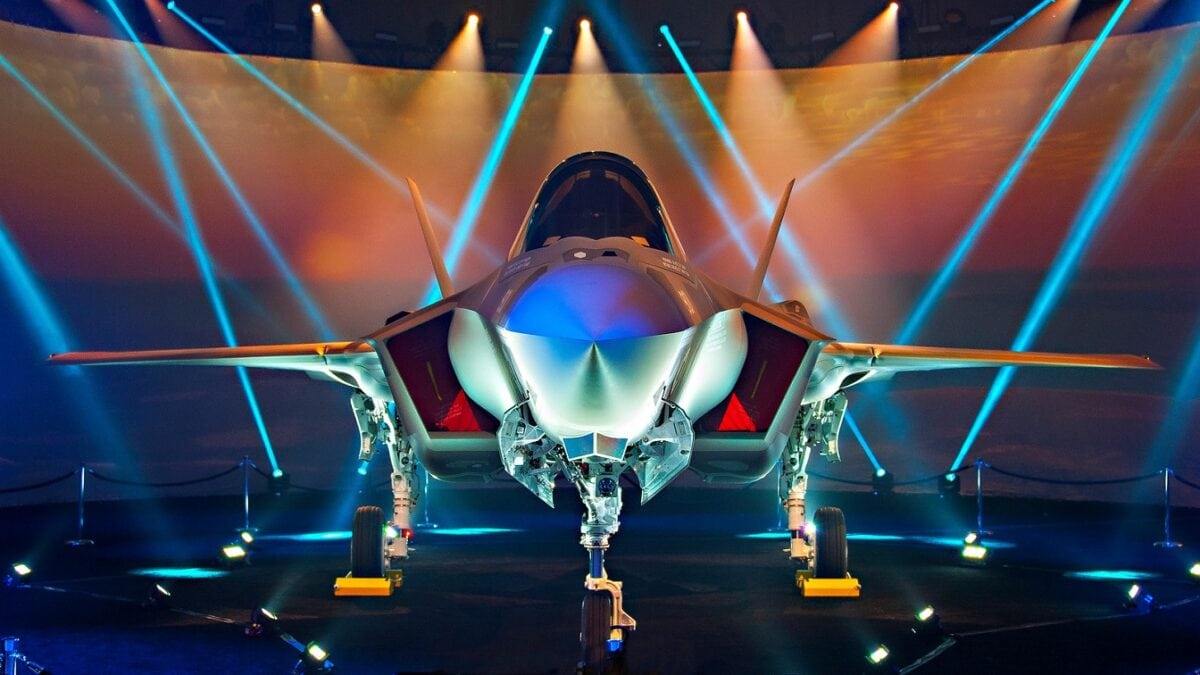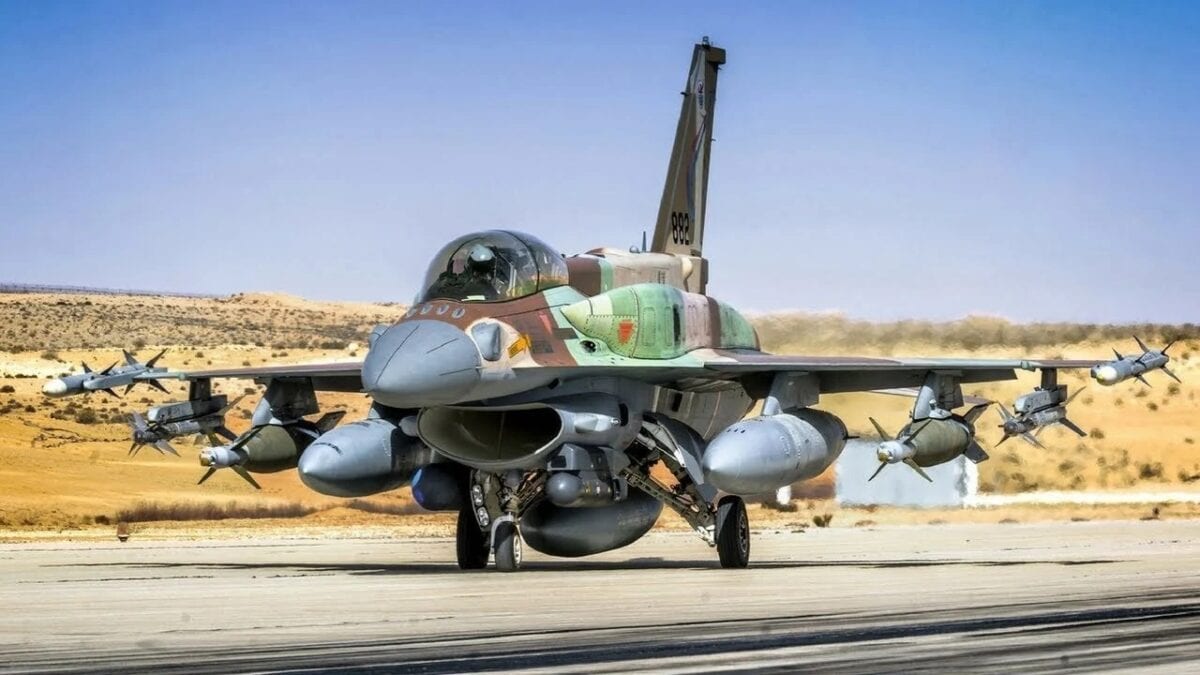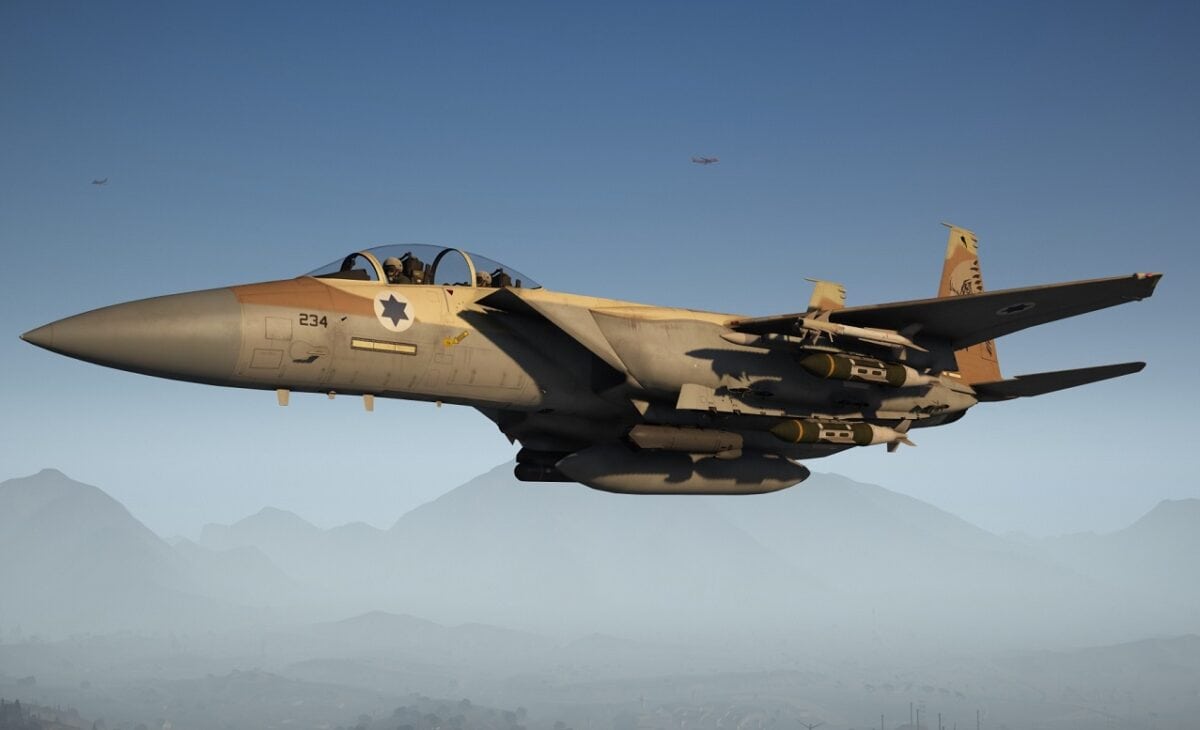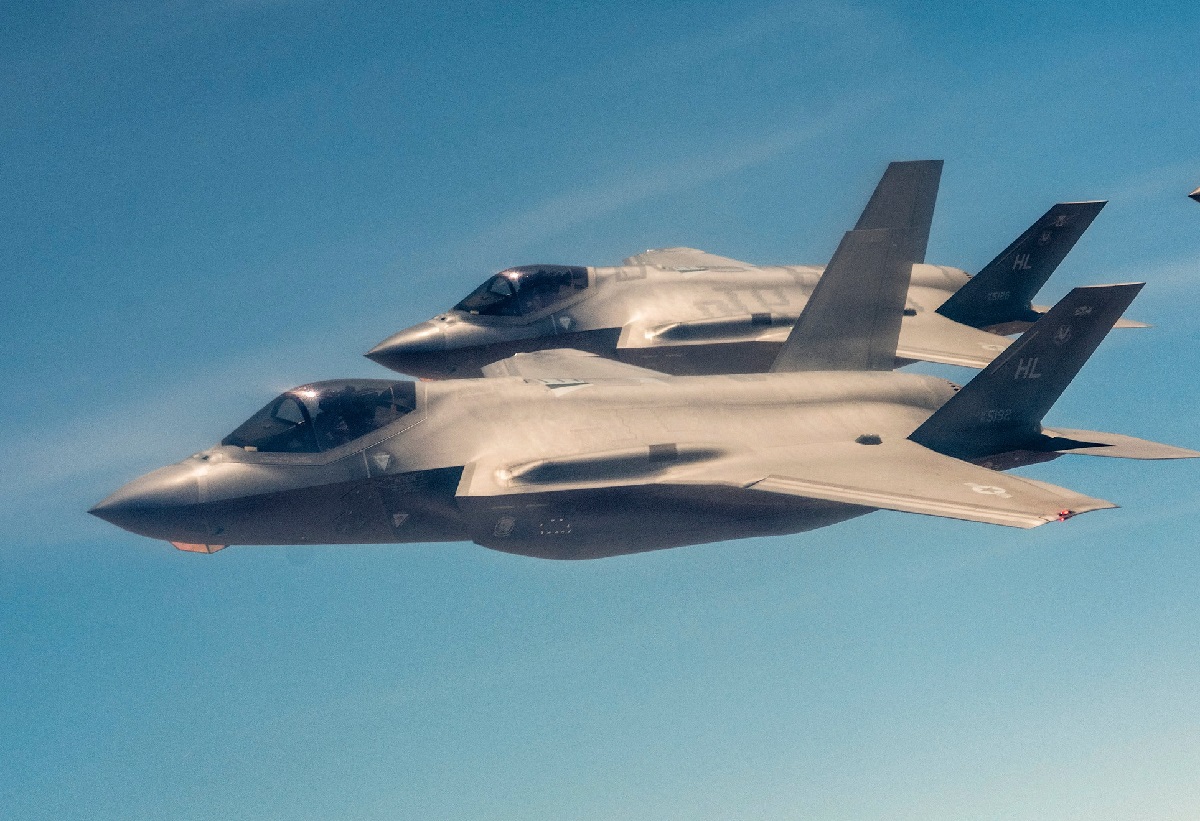Determined to wipe out Hamas, the Israel Defense Forces is taking no shortcuts in its retaliatory assaults in Gaza. Codenamed Operation Swords of Iron, the military’s campaign will likely be the longest and deadliest battle waged in the Hamas-controlled Gaza Strip since Israel’s founding.
The IDF has called up 300,000 reservists over the last two weeks as the country prepares for a potential ground invasion of the enclave. If and until such a ground invasion occurs, the Israeli Air Force will continue to carry out airstrikes in Gaza to eliminate Hamas personnel, assets, and military facilities on the ground. Israel’s arsenal of American-made F-35 Lightning IIs, F-16 Fighting Falcons and F-15 Eagles have played the dominant roles in the country’s aerial campaign to date.
The F-35I “Adir”
When the IAF acquired the fifth-generation F-35 back in 2010, it became the first country to receive a specially modified variant from the platform’s nine-nation co-development group. Considered by many industry experts to be the most formidable fighter jet to ever take to the skies, the “Mighty One” vaunts a number of striking capabilities. In addition to its domestically produced air-to-air missiles and guided bombs, the Israeli variant also features an IAF-specific helmet-mounted display and datalink functionality for the service, including other high-tech data gathering and processing capabilities.

Its electronic warfare system is top-tier, allowing the airframe to discern and identify hostile frequencies and effectively jam or disable enemy systems. While the F-35 is truly unmatched in terms of abilities, it doesn’t quite have the range necessary for Israel to perform longer-range missions without refueling.
The F-16I “Sufa”
The IAF flies the largest contingent of F-16s outside of the U.S. Air Force, with more than 300 airframes. Like the Adir, the Sufa is fitted with a range of domestically produced capabilities, including conformal fuel tanks that extend the jet’s flight range by increasing the fuel it can carry by 50%. In addition to its advanced electronic warfare capabilities, the Sufa can pack a punch. As detailed by Airforce Technology, “F16I is equipped with the Rafael Python 5 air-to-air missile. The Python 5 is capable of lock on after launch and uses imaging infrared guidance. The new seeker uses a dual wavelength focal plane array and is equipped with robust infrared counter countermeasures capability.”

Over the last week, the IAF has published footage on X of its Sufa fighters, which appear to be flying with four GBU-31 JDAM bombs and two air-to-air missiles.
The F-15I “Ra’am”
TheF-15 “Thunder”has remained a mainstay of the IAF since its introduction to the service more than four decades ago. With the ability to carry a staggering 11.5 tons of weapons and extra fuel, the Ra’am is a huge asset for the IAF. These formidable fighters also possess APG-701 radars capable of identifying ground targets, including missile-launching systems nearly 40 miles away. The Ra’am has an extensive combat history, serving in the 2007 Lebanon War, the Gaza War, Operation Pillar of Defense, making it a significant asset for the IAF as its wages its ongoing battle against Hamas.

Maya Carlin, a Senior Editor for 19FortyFive, is an analyst with the Center for Security Policy and a former Anna Sobol Levy Fellow at IDC Herzliya in Israel. She has by-lines in many publications, including The National Interest, Jerusalem Post, and Times of Israel. You can follow her on Twitter: @MayaCarlin.

